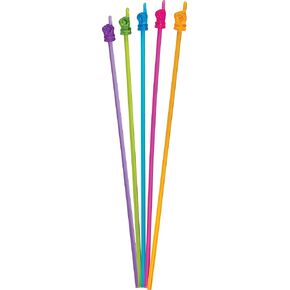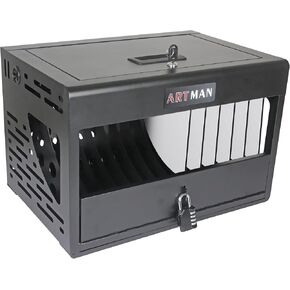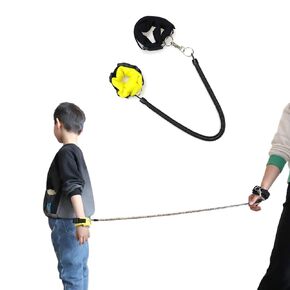- Shopping, made easy.
- /
- Get the app!
All behavior is a form of communication. “Acting up,” “acting out” and physical restlessness often precede an emotional outburst, meltdown or even rage. Children need specific, actionable steps to begin to calm themselves down. (In the Conscious Discipline Brain State Model, this would mean moving to a higher brain state rather than sinking into a lower one.) The Active Calming Center is a multi-step tool that helps children channel big emotions and physical impulses in order to better manage their upset so they can return to an optimal learning state. The Active Calming Center provides nine specific physical and mental tasks of decreasing physicality. These activities begin with moving the major muscle groups, and then progress to crossing the midline, stretching, task accomplishment and deep belly breathing. These activities benefit typically developing children, yet they were designed with interventions that support children with special education needs, particularly those on the autism spectrum. 1. “Stomp it out” to harness the desire for physical movement 2. “Push the wall” for upper body, lower body and core muscle engagement 3. “Flex it out” arm curls for more large muscle movement 4. “Count it out” for a methodical activity with “pull and place” Velcro stars 5. “Trace the rainbow” for a textured, color-coded activity that crosses the midline 6. “Work Task” for a repetitive task that's calming for disorganized children 7. “Yoga” to stretch, relax and oxygenate the muscles 8. “S.T.A.R. breathing” for three deep breaths with a pinwheel breathing tool 9. “Go to the Safe Place” to continue calming, as needed
 -32%
Teacher Created Resources Mini Hand Pointers - Bright's (20695), Brights
KWD 14
-32%
Teacher Created Resources Mini Hand Pointers - Bright's (20695), Brights
KWD 14
 16 Device Charging Station for Laptops/Tablets/iPads/Chromebooks,16 Bay Wall-Mount Lockable Charging Cabinet with Cable Management & Power Organization, Laptop & Tablet Storage Cart
KWD 72.500
16 Device Charging Station for Laptops/Tablets/iPads/Chromebooks,16 Bay Wall-Mount Lockable Charging Cabinet with Cable Management & Power Organization, Laptop & Tablet Storage Cart
KWD 72.500
 Escape Wrist Leash Walking Harness for Older Children with Elastic Rope Adult Sized Lockable Coiled Wrist Link with Cuff for Autism Special Needs ADHD
KWD 6
Escape Wrist Leash Walking Harness for Older Children with Elastic Rope Adult Sized Lockable Coiled Wrist Link with Cuff for Autism Special Needs ADHD
KWD 6
 2 Pcs Colorful Rainbow Classroom Calendars Reusable Blank Calendars Chart with 50 Stickers Per Sheet Write/Wipe off Chart for Classroom Home Decoration Supplies
KWD 3.500
2 Pcs Colorful Rainbow Classroom Calendars Reusable Blank Calendars Chart with 50 Stickers Per Sheet Write/Wipe off Chart for Classroom Home Decoration Supplies
KWD 3.500